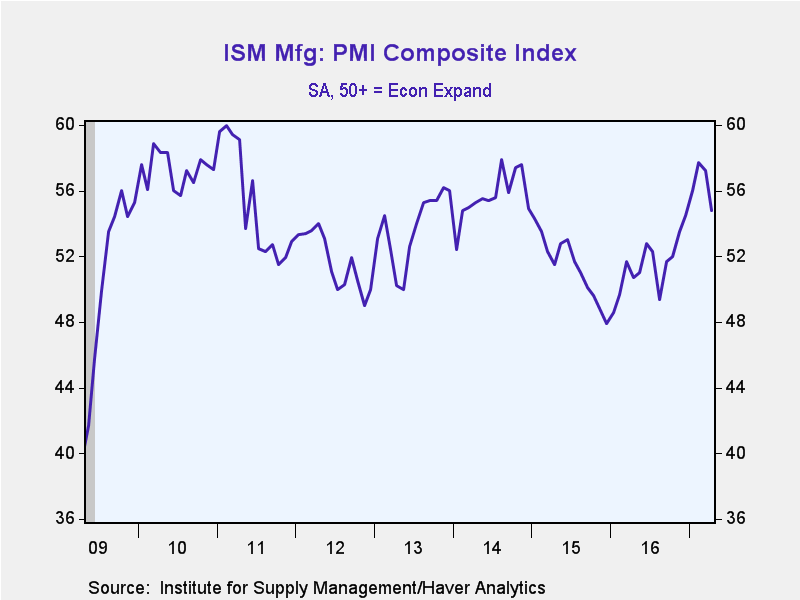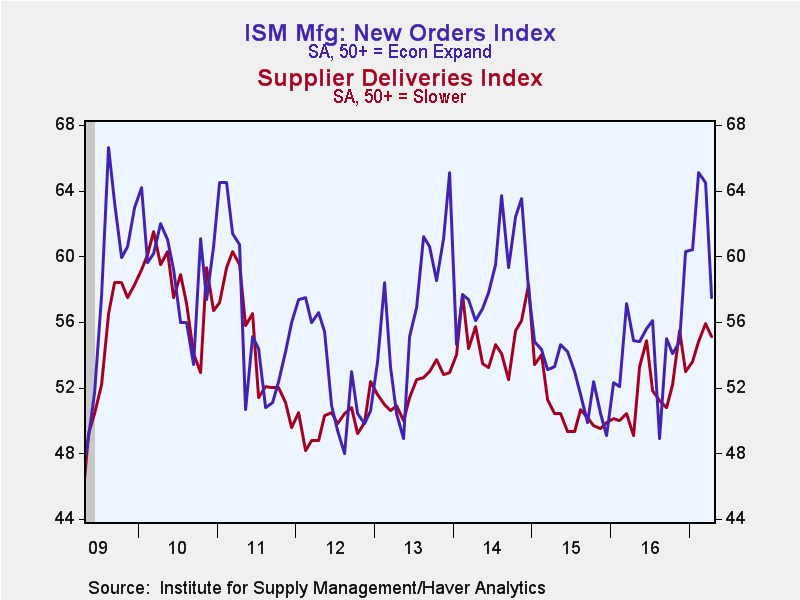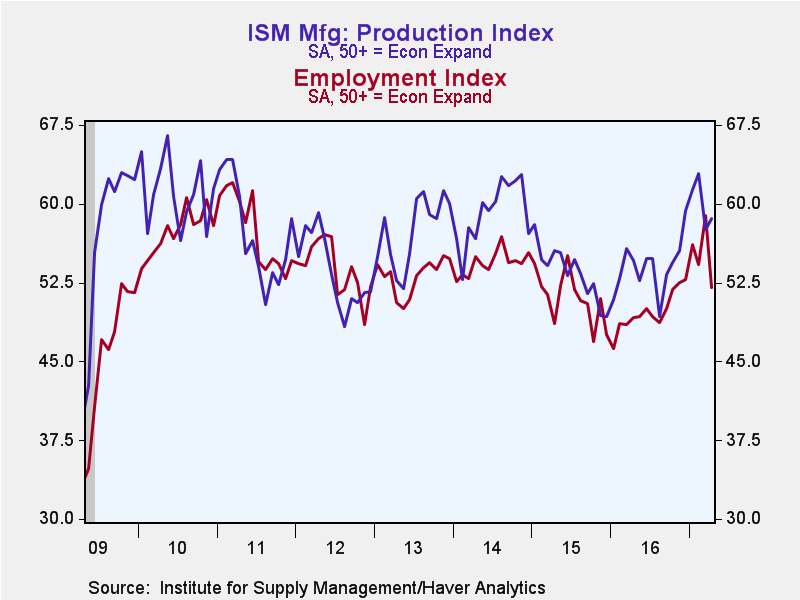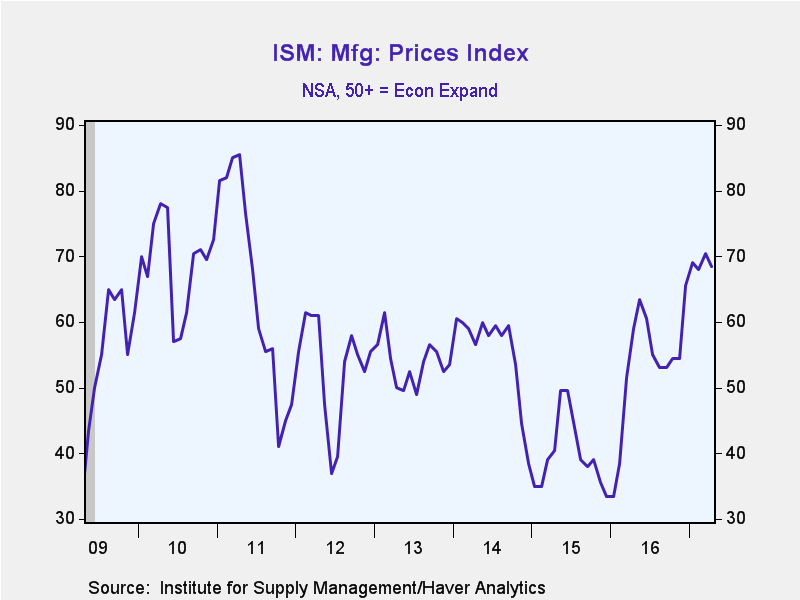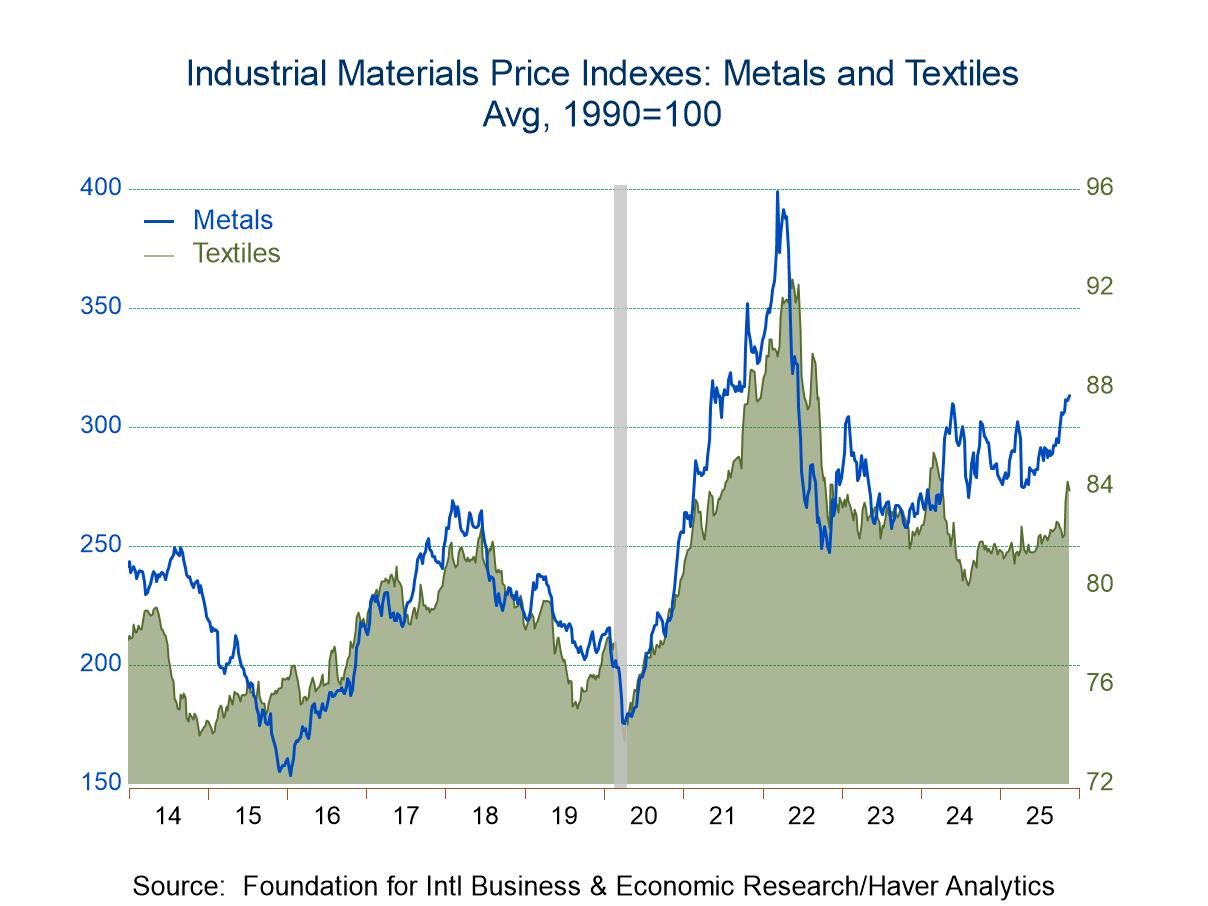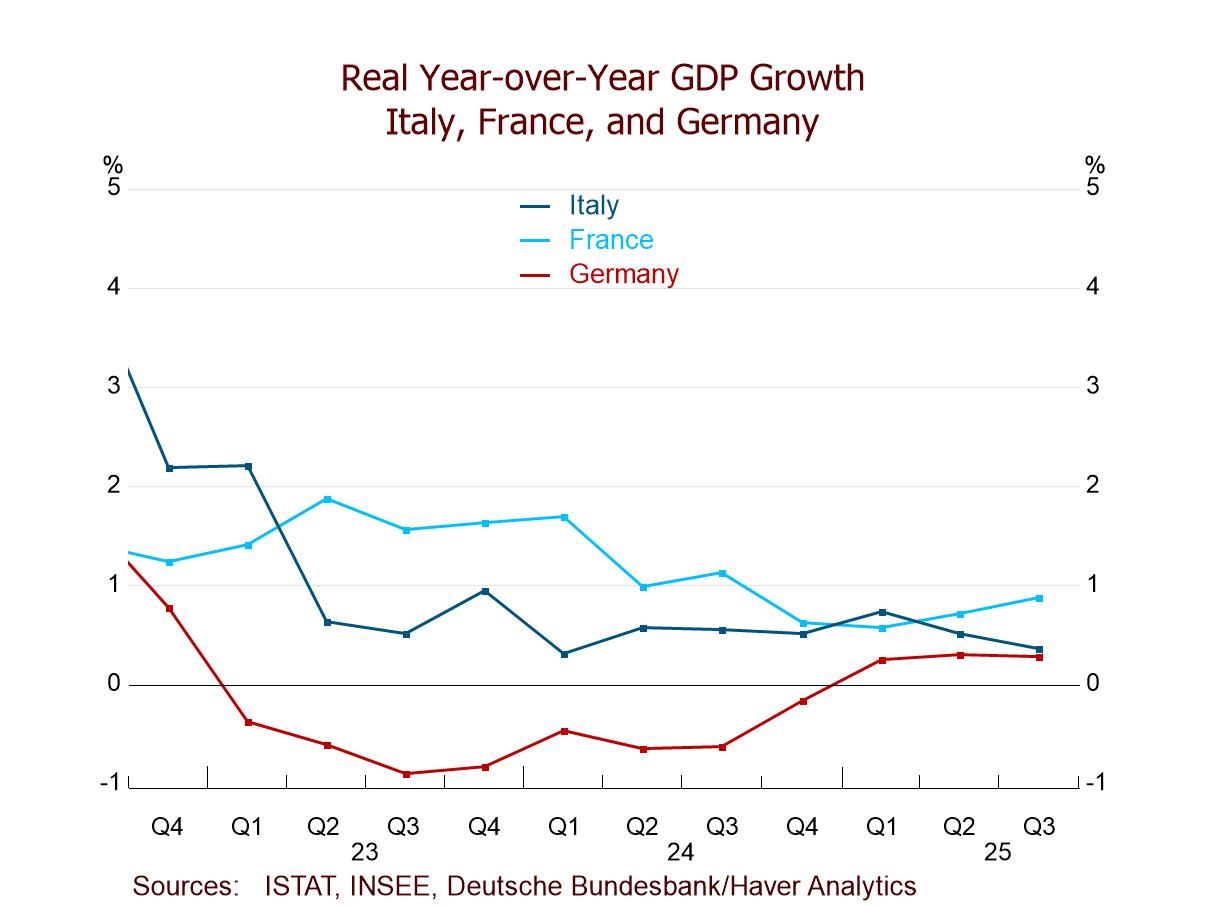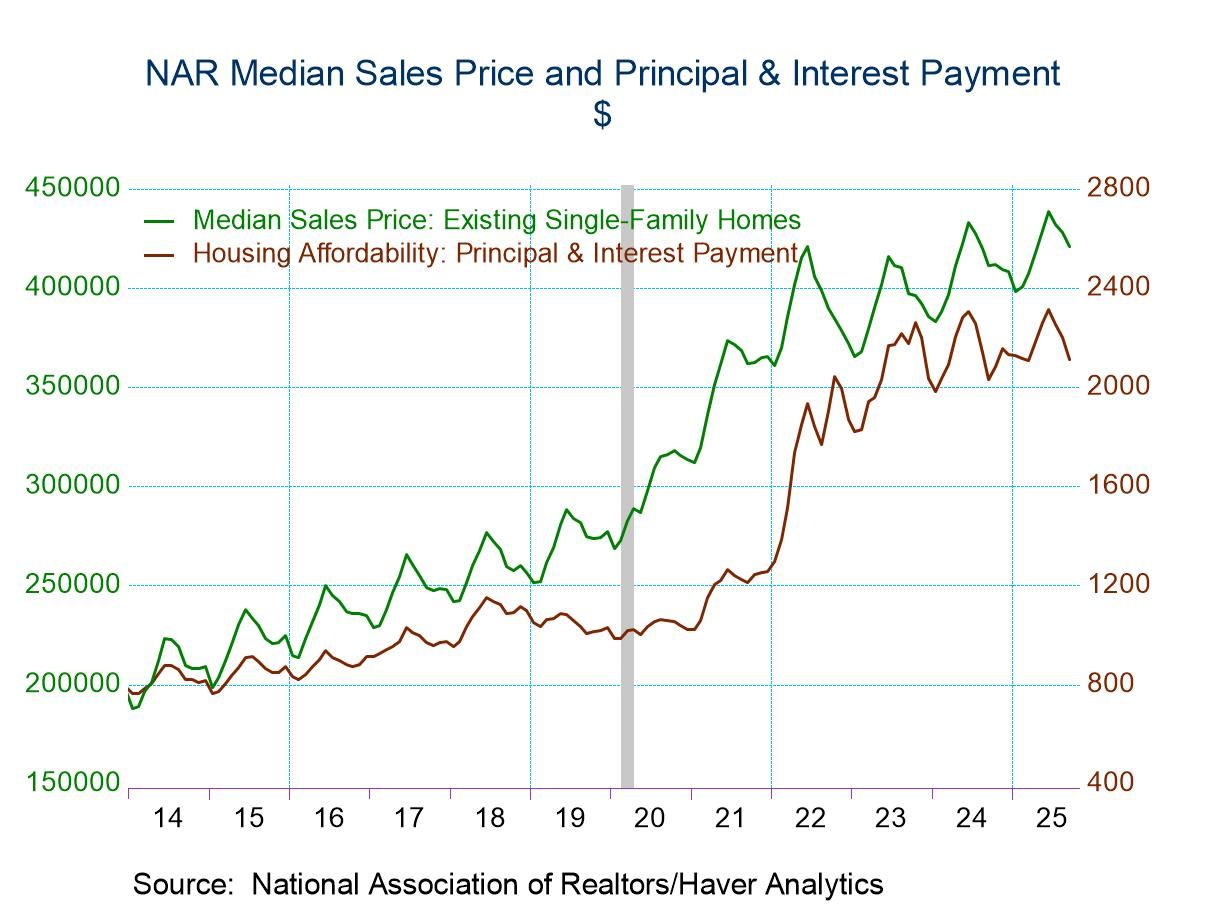 Global| May 01 2017
Global| May 01 2017ISM Factory Sector Index & Prices Weaken
by:Tom Moeller
|in:Economy in Brief
Summary
The ISM composite index of factory sector activity during April fell to 54.8 from an unrevised 57.2 in March. It was the lowest level since December. A level of 56.5 had been expected in the Action Economics Forecast Survey. A decline [...]
The ISM composite index of factory sector activity during April fell to 54.8 from an unrevised 57.2 in March. It was the lowest level since December. A level of 56.5 had been expected in the Action Economics Forecast Survey.
A decline in the new orders reading to 57.5 from 64.8 led the overall index lower. It was weakest reading since November and down from the February high of 65.1. The supplier delivery index indicated quicker delivery speeds as it eased to 55.1. The production index offset these declines with a rise to 58.6 following its steep February drop. Inventories accumulated following decumulation during all of 2015 and 2016.
The employment index fell sharply to 52.0 from 58.9. It was the lowest level since December, though the index reading has remained above 50 for seven straight months, indicating a rising level of jobs. During the last ten years there has been an 85% correlation between the index level and the m/m change in factory sector payrolls.
The prices paid reading slipped to 68.5, but remained stronger versus the low of 33.5 in January 2016. Forty-four percent (NSA) of respondents reported paying high prices while seven percent paid less.
Amongst other detailed readings, the export order index rose to 59.5, up from the 2015 low of 46.5. The order backlog reading of 57.0 remained near its three-year high. The imports index rose to its highest level since January 2015.
The ISM figures are diffusion indexes where a reading above 50 indicates increase. The figures from the Institute for Supply Management can be found in Haver's USECON database. The expectations number can be found in Haver's AS1REPNA database.
| ISM Mfg (SA) | Apr | Mar | Feb | Apr'16 | 2016 | 2015 | 2014 |
|---|---|---|---|---|---|---|---|
| Composite Index | 54.8 | 57.2 | 57.7 | 50.7 | 51.5 | 51.4 | 55.6 |
| New Orders | 57.5 | 64.5 | 65.1 | 54.9 | 54.7 | 52.6 | 58.9 |
| Production | 58.6 | 57.6 | 62.9 | 54.6 | 54.0 | 53.5 | 59.2 |
| Employment | 52.0 | 58.9 | 54.2 | 49.2 | 49.7 | 51.0 | 54.4 |
| Supplier Deliveries | 55.1 | 55.9 | 54.8 | 49.1 | 51.9 | 50.7 | 55.0 |
| Inventories | 51.0 | 49.0 | 51.5 | 45.5 | 47.2 | 49.0 | 50.8 |
| Prices Paid Index (NSA) | 68.5 | 70.5 | 68.0 | 51.5 | 53.5 | 39.8 | 55.6 |
Tom Moeller
AuthorMore in Author Profile »Prior to joining Haver Analytics in 2000, Mr. Moeller worked as the Economist at Chancellor Capital Management from 1985 to 1999. There, he developed comprehensive economic forecasts and interpreted economic data for equity and fixed income portfolio managers. Also at Chancellor, Mr. Moeller worked as an equity analyst and was responsible for researching and rating companies in the economically sensitive automobile and housing industries for investment in Chancellor’s equity portfolio. Prior to joining Chancellor, Mr. Moeller was an Economist at Citibank from 1979 to 1984. He also analyzed pricing behavior in the metals industry for the Council on Wage and Price Stability in Washington, D.C. In 1999, Mr. Moeller received the award for most accurate forecast from the Forecasters' Club of New York. From 1990 to 1992 he was President of the New York Association for Business Economists. Mr. Moeller earned an M.B.A. in Finance from Fordham University, where he graduated in 1987. He holds a Bachelor of Arts in Economics from George Washington University.


